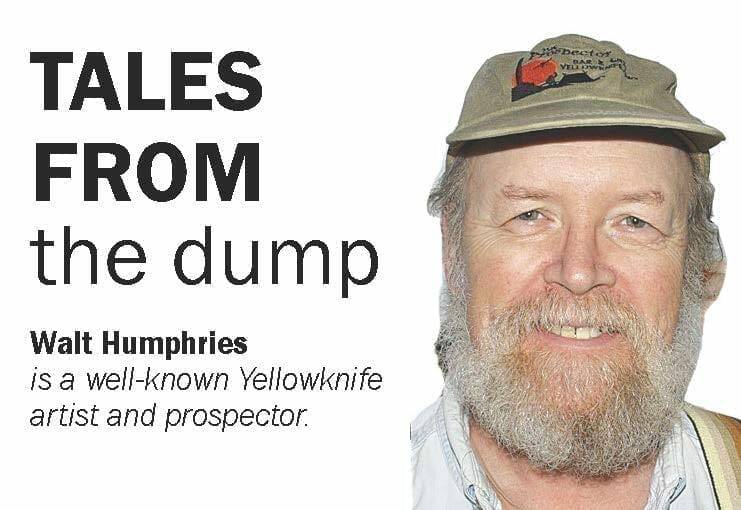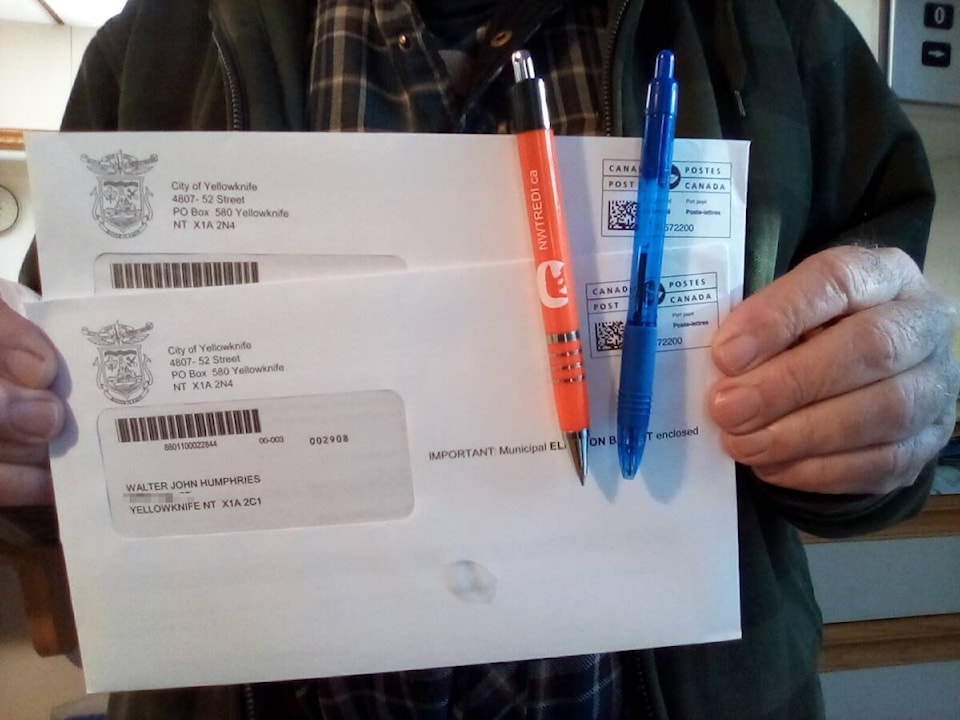We are on the verge of our municipal election day.
Are you excited yet? With the mail-in or drop-off ballots, it doesn’t seem like we will have a traditional election day, which I feel was a community-building type of event. So, when the dust settles and the council is duly sworn in, I think they should review how the election went and discuss the pros and cons of this experiment in democracy or civic governance.

How does a city grow? That’s a good question and a lot depends on the overall philosophy the city has and the bylaws or types of bylaws and building rules council puts in. I remember years ago being invited to a workshop to discuss the city’s future. They had hired an expensive consulting company from down south to run a series of workshops and write a report.
During the meeting it became obvious that they had already decided what to write, meaning they had their own agenda, and they really weren’t listening to us or trying to understand our point of view. They kept bringing the conversation back to infill and increased density of people. Why? Because that way everything new could be hooked up to the existing infrastructure. That would be the cheapest approach.
I tried to point out that the city was made up of very different people and occupations. Not everyone wanted to or could live in an apartment. When I asked how far they were suggesting we go with infill they sort of let it slip out that everything was to be considered: vacant lots, green spaces, outcrops that could use a little blasting or taking existing lots and subdividing them.
As they talked, I remembered a documentary I had seen on a city in Russian Siberia. It was virtually all apartment buildings, except for an area of palatial mansions or palaces out of town for the leaders and oligarchs to govern from. It was kind of scary that this was the way the city consultants envisioned our future city. That was the cheapest approach and that is basically what their final report indicated.
However, other people have other approaches. There is a movement called Cittaslow, or slow city, where they consider making a place like Yellowknife much more people-friendly. Walking and biking trails, lots of benches, making everything more people-friendly; slow down the traffic and consider people first. Putting in small stores and businesses that people can walk to rather than trying to segregate the city into places where people need to drive everywhere.
Also, I really think that we need to consider our climate in our planning. It baffles me that a developer can stick up a building or highrise and cut out people’s sunshine and get away with it, especially in the North, where sunshine plays such an important part in our lives and can certainly cut down on heating costs several months of the year.
Also, city planners don’t seem to understand that different people have different needs. If you work in an office and consider a nature walk to be a stroll along a paved trail, living in an apartment may be fine. However, if you are a seasonal bush worker or a tradesperson running a small business, you need a place for your supplies and equipment — maybe a place to cut up logs into firewood or a place to repair your machinery and equipment. So you need your own place, a shed or shop.
Personally, I would like to see a group or think tank working on ideas for how to live in the North and figure out ways to make it easier, less expensive and more rewarding — documenting what works and what doesn’t. They could also consider how to make governments more efficient and responsive.
So don’t forget to get your ballot in everyone.
